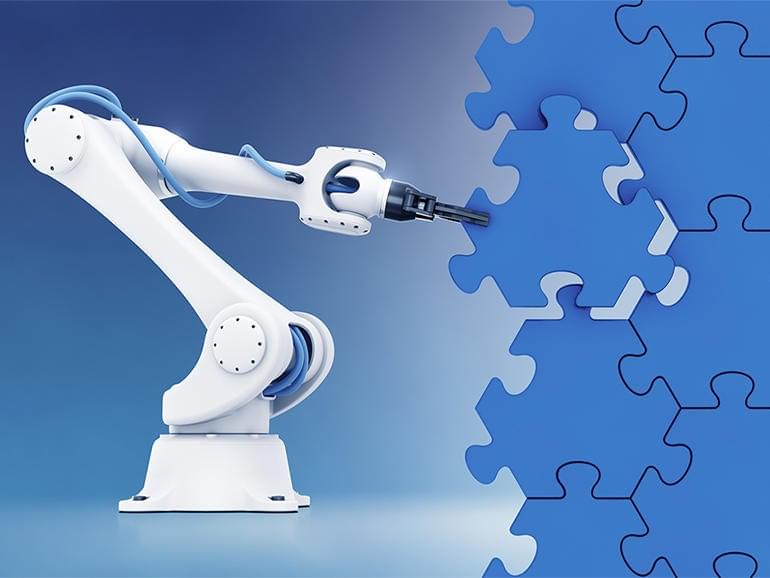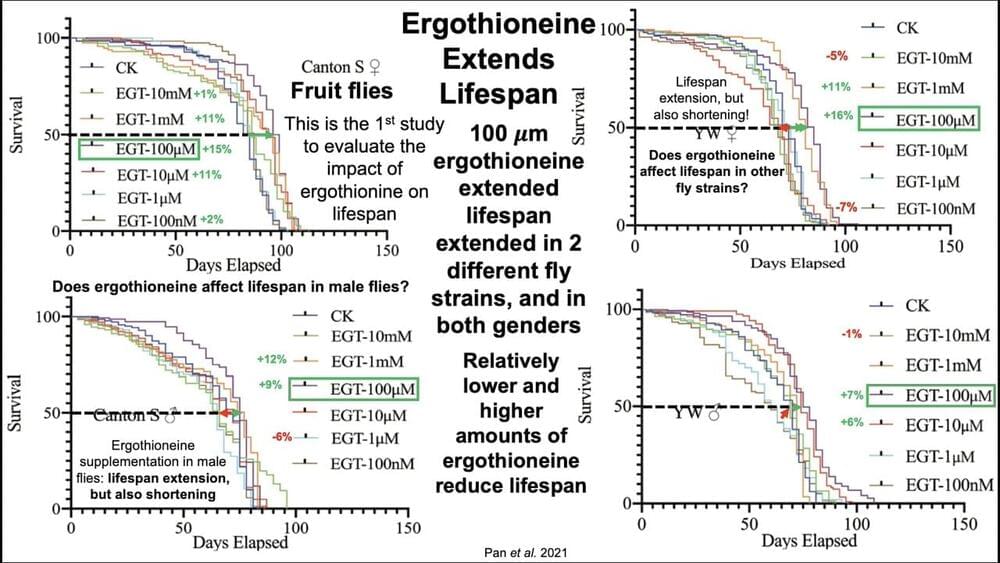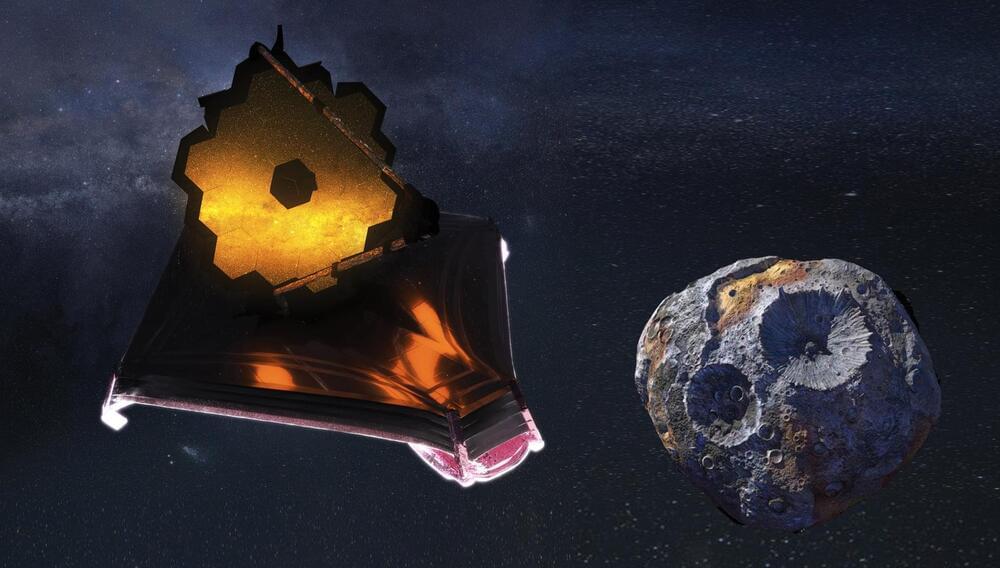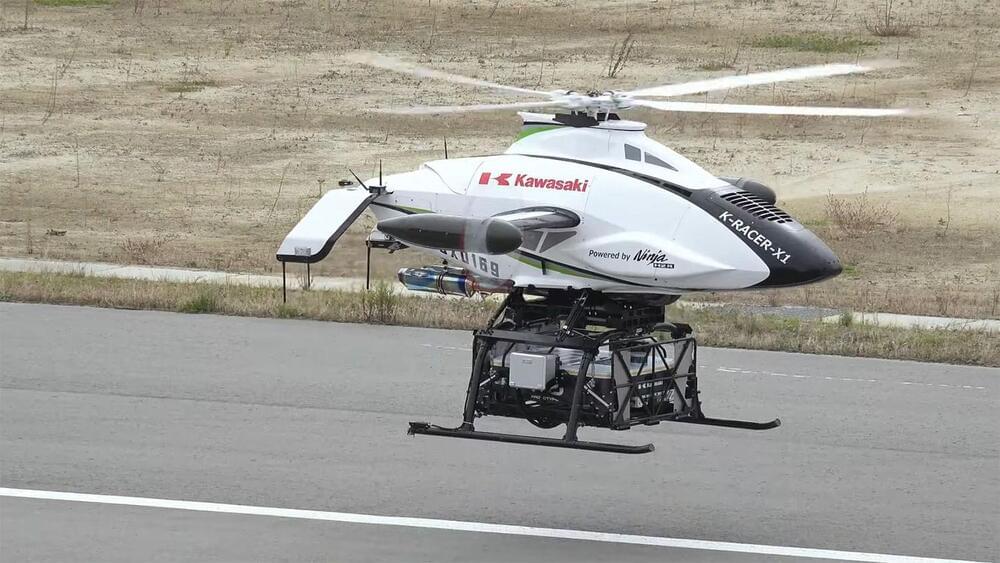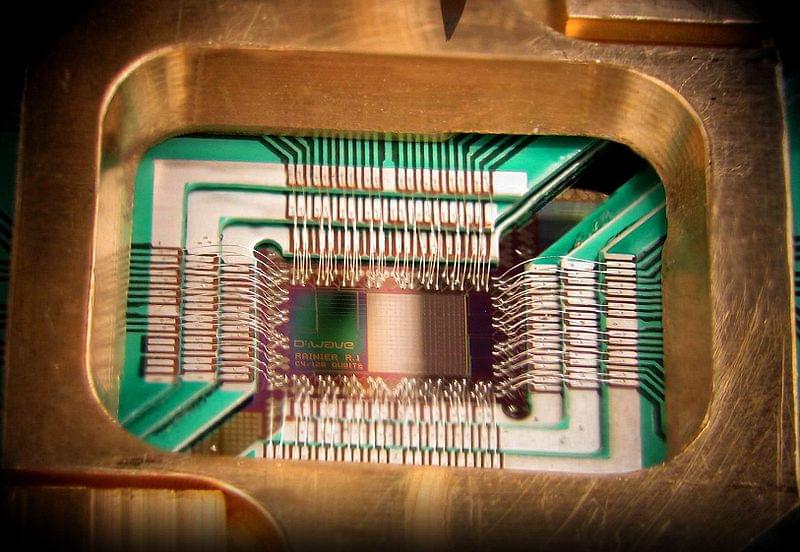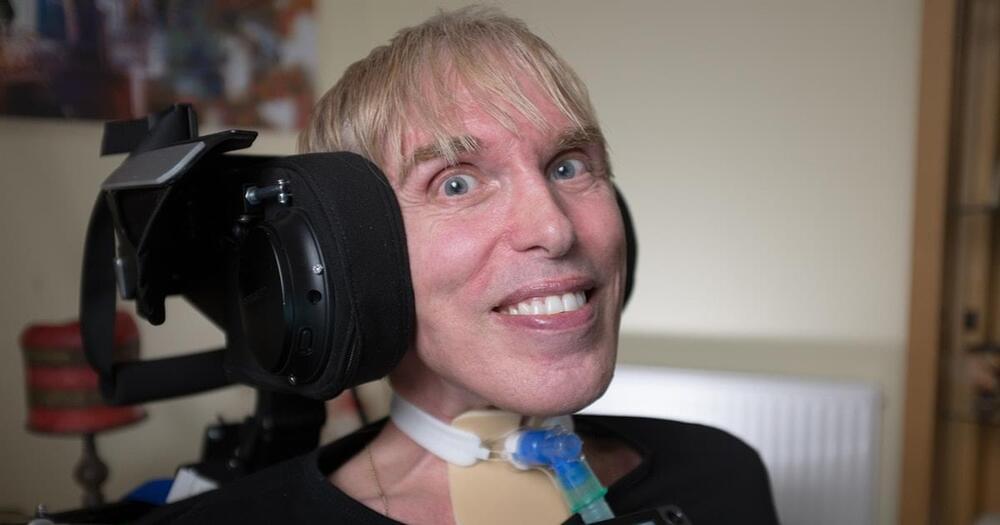Chinese robotics market is projected to expand at 20% through to 2025, when the government is aiming to double manufacturing robot density and drive adoption in key sectors including automobile and mining.
Join us on Patreon!
https://www.patreon.com/MichaelLustgartenPhD
Papers referenced in the video:
Ergothioneine exhibits longevity-extension effect in Drosophila melanogaster via regulation of cholinergic neurotransmission, tyrosine metabolism, and fatty acid oxidation.
https://pubmed.ncbi.nlm.nih.gov/34877949/
Is ergothioneine a ‘longevity vitamin’ limited in the American diet?
https://www.ncbi.nlm.nih.gov/labs/pmc/articles/PMC7681161/
Webb, and Psyche
Posted in space, surveillance
Webb, and Psychean editorial note by Adriano V. Autino.
We just attended the launch of the James Webb Telescope, headed to the Earth-Sun Lagrange point 2 (L2), at 1.5 kilometers from Earth. A very ambitious project, aimed to place a human eye in a location where it will be easier to investigate the origin and the meaningful life events of the universe, of our solar system and our mother planet. What raised some thoughts in my mind is one of the characteristics of this beautiful sample of human ingenuity and hunger for knowledge: the JWST mirror has been plated with gold, due to elements properties like a high reflection of infrared light and extreme un-reactivity. My aim is not to discuss this choice from the scientific point of view. It makes me rather think about the value of precious metals, that’s not only their beauty, nor the use we make of them to realize precious jewels.
While I was in space just with my mind, it was easy to go some more million kilometers further away, reaching to the 16 Psyche Asteroid. Psyche – an M-type asteroid, fragment of a proto-planet broken up during the birth of the solar system — dwells somewhere in the middle of the Asteroid Belt, between Mars and Jupiter. The distance from Earth ranges from 252 million to 645 million kilometers.
Why Psyche owns such a great reputation, among the space expansionist community, and the space miners subassembly, in a more specific way? Its diameter is estimated not less than 227 km. Due to the gravitational perturbations it causes among other asteroids in its surroundings, Psyche is kind of under special surveillance, since long time. Such perturbations are due to high mass and density, and such properties raised further analysis, by means of ultraviolet light observation. To make short a long research story, Psyche is likely mainly composed by iron and nichel, and its global value is estimated around $10 quintillion, a figure even hard to imagine.
Thus, the M109A6s help bring more modern mobile capability to Taiwan’s artillery forces, and brings to the table GPS-guided shells precise enough to pose a serious threat to point targets like landing craft and armored vehicles (at least when they aren’t moving much).
Of course, forty relatively modern howitzers will not dramatically affect the unfavorable balance of power Taiwan’s armed forces must hedge against. However, they are a modest step forward towards modernizing Taipei’s ground forces for a possible conflict one can only hope is never fought.
Local governments can no longer sell land rights for easy cash.
Katsuji Nakazawa is a Tokyo-based senior staff writer and editorial writer at Nikkei. He spent seven years in China as a correspondent and later as China bureau chief. He was the 2014 recipient of the Vaughn-Ueda International Journalist prize.
Mazda’s first electric car, the MX-30, is disappointing to many in the EV community due to its short range. Now, the Japanese automaker says that it is not so bad for buyers who also have a second car at home for longer travel. Mazda has long been a laggard when it comes to electric vehicles. […].
China has taken a giant leap forward in one of its most ambitious space programs. It has advanced its future lunar base plan by eight years.
China and Russia presented a detailed plan for a joint lunar base called the International Lunar Research Station, in June 2021, challenging a similar plan by the US.
On December 27, Chinese space officials revealed a revised completion date for the unmanned lunar base. It aims to set up the facility by around 2027, previously scheduled for 2035.
Kawasaki Heavy Industries announced the successful completion of proof-of-concept (PoC) testing for unmanned cargo transport by the cooperation of its K-RACER X1 unmanned vertical take-off and landing (VTOL) aircraft and delivery robot. The PoC testing was conducted with the aim of helping to solve societal issues such as labor shortages in the logistics industry.
In its Group Vision 2030, which describes the company’s future vision for 2030, Kawasaki specified three areas where it will focus its efforts: “A Safe and Secure Remotely-Connected Society,” “Near-Future Mobility” and “Energy and Environmental Solutions.” In the area of “Near-Future Mobility,” the company has been pursuing the development of unmanned VTOLs, delivery robots, and so on.
Kawasaki’s latest unmanned VTOL adopts improvements to an aircraft flight-tested in 2020. It is able to transport a 100-kilogram payload and is equipped with a delivery robot loading and unloading mechanism.
Recent advances in quantum computing show progress, but not enough to live up to years of hyperbole. An emerging view suggests the much-publicized quest for more quantum qubits and quantum supremacy may be overshadowed by a more sensible quest to make practical use of the qubits we have now.
The latter view holds particularly true at D-Wave Systems Inc., the Vancouver, B.C., Canada-based quantum computing pioneer that recently disclosed its roadmap for work on logic gate-model quantum computing systems.
D-Wave’s embrace of gates is notable. To date, the company focuses solely on quantum annealing processors. Using this probabilistic approach, it has achieved superconducting qubit processor counts that it claims outpaces most others. Its latest Advantage system boasts 5,000 qubits. That’s well ahead of the 127-qubit device IBM reported in November.
At this point, Scott-Morgan is almost completely “locked-in,” unable to move except for his eyes and a few facial muscles. His sense of smell and taste are gone, and he can’t breathe on his own, but his brilliant mind is fully intact.
Scott-Morgan now relies on a synthetic version of his biological voice and has had his face scanned to produce a 3D animated avatar, which he wears on a screen on his chest when speaking publicly. After a series of operations to extend his life, including a total laryngectomy, he uses technologies like GPT-2, OpenAI’s generative deep-learning model for text, pushing the boundaries of what it means to be human.
